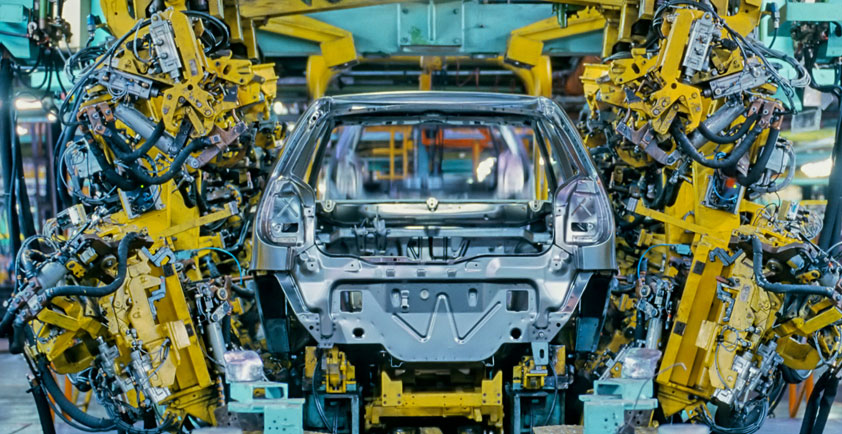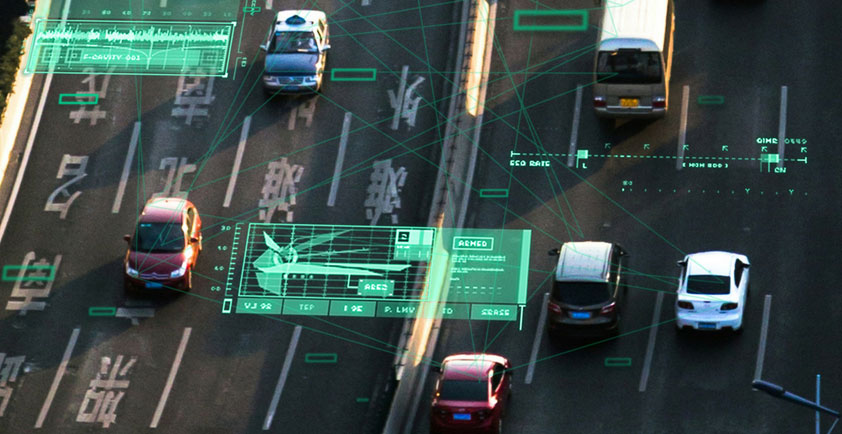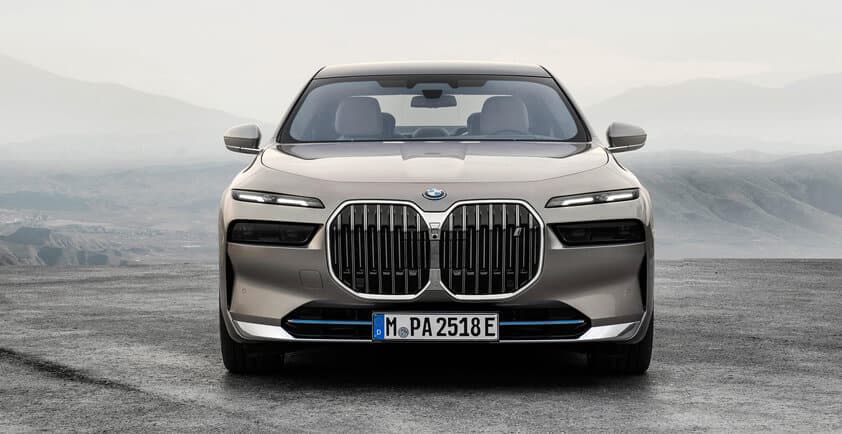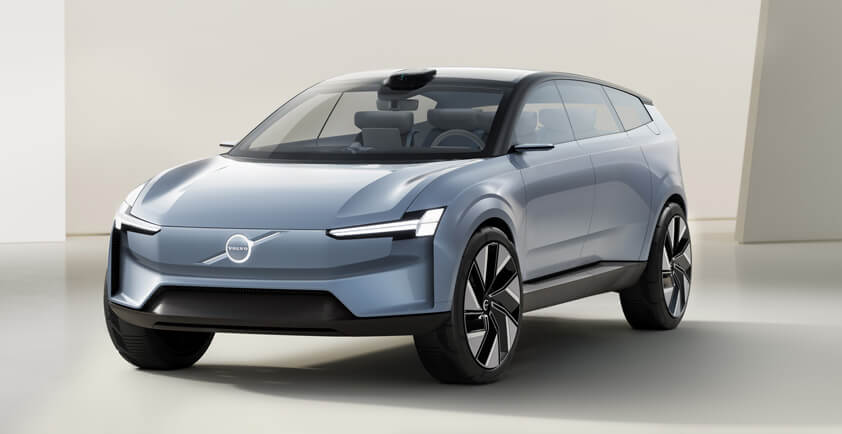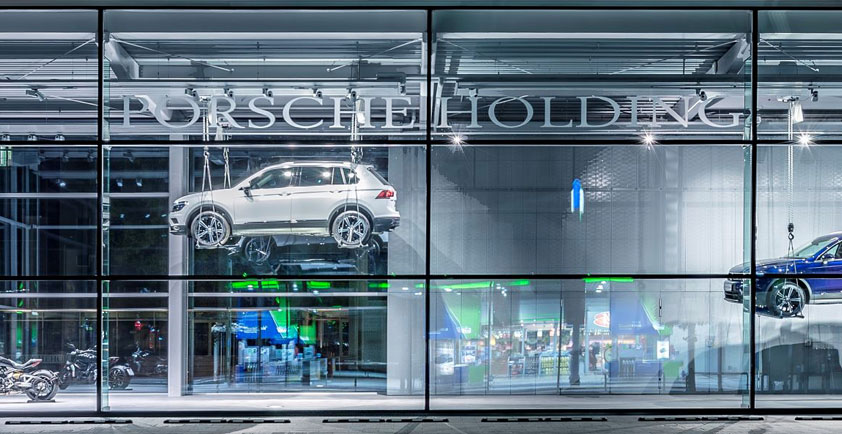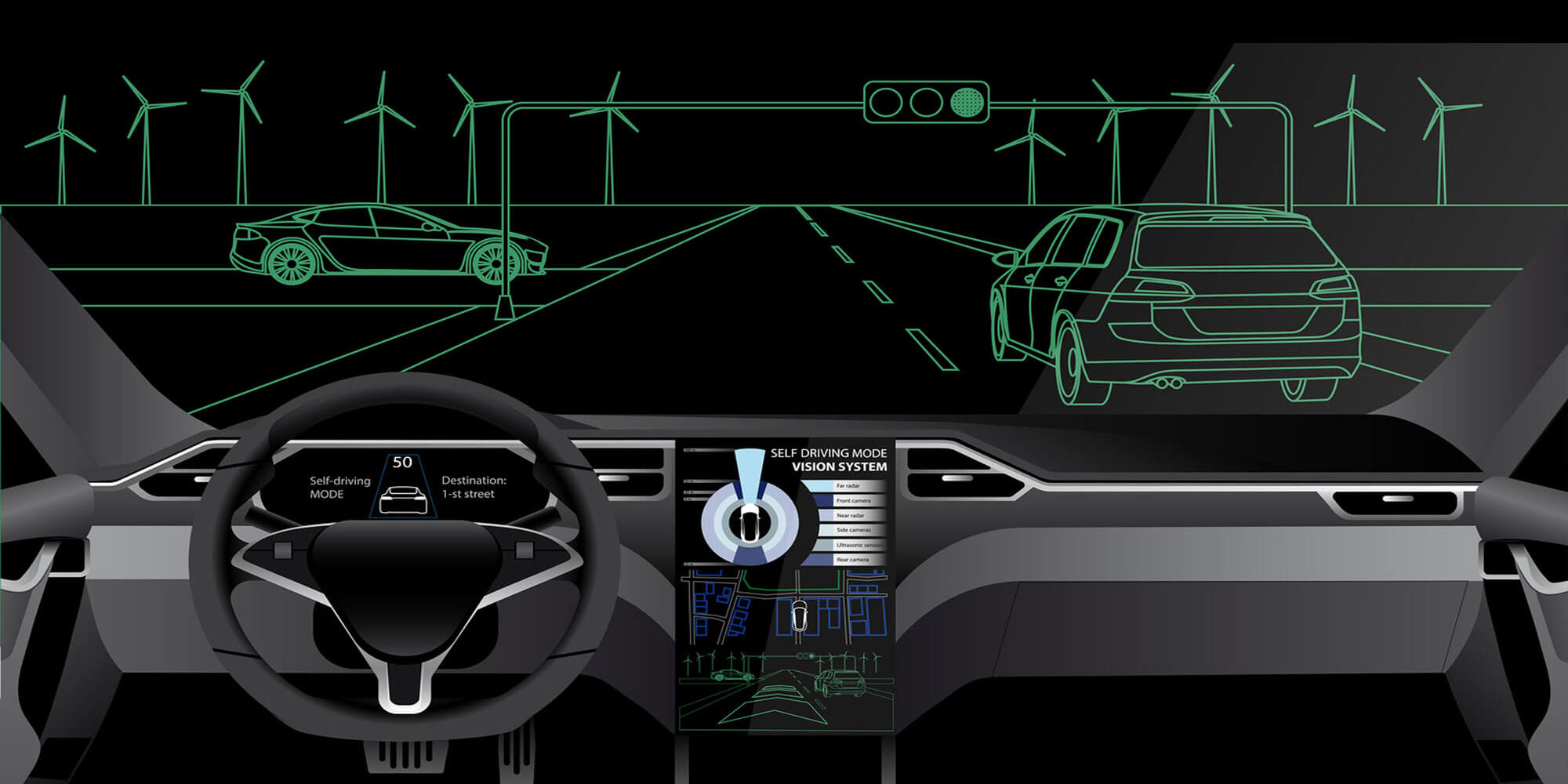
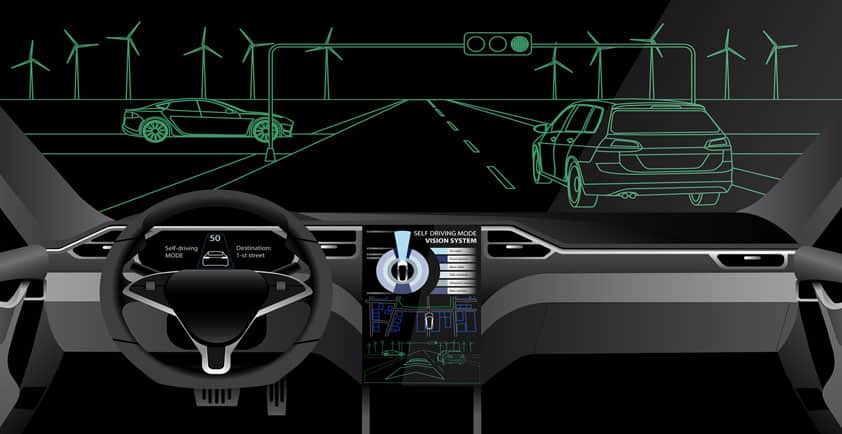
DEVELOPMENT OF A HIGHLY AUTONOMOUS DRIVING INFRASTRUCTURE - A TECHNOLOGY BLUEPRINT OVERVIEW
Autonomous vehicle technology is set to disrupt the transportation industry with profound long-term implications on our society affecting the way we live, work, and do business. Autonomous driving technology promises to reduce the amount of traffic fatalities as well as reduce congestion and free up time. It also introduces new transportation paradigms—including self-driving taxis and transportation-as-a-service shared vehicle ownership models. Autonomous driving products and service packages further include self-parking and self-maintenance. Land use and urban design stands to benefit as well—due to fewer cars on the road. This comes with significant cost savings from more efficient fuel usage and lower operating costs.
However, autonomous vehicles also present substantial challenges:
> Driving might be challenging in conventional cars even more so, for an automated failsafe system that must operate with very lowerror tolerance under all driving conditions.
> Data generated and consumed by autonomous cars is large—The global market for connected cars is expected to grow by 270 percent by 2022, according to a new report. More than 125 million passenger cars with embedded connectivity are forecast to ship worldwide between 2018 and 2022, it says.
> Developing autonomous driving in the aggregate will cost billions of dollars while the price tag for fully autonomous driving in an individual car could be as much as $100,000.
> Infrastructure will require upgrades. Roads may need to become smarter to ensure safety and consistency for the new types of vehicles. Achieving this level of consistency internationally or even just within cities will be challenging.
> Regulatory and liability issues will also demand consideration(for example, if an autonomous car causes an accident, who is at fault:the driver, the carmaker, or the company that developed the autonomous software?).
> Consumer education and awareness is also needed to ensure consumers are making informed choices, and not reacting to rumours, myths, or misperceptions about the industry and technology.
As long as there have been automobiles, technology has defined the cutting edge of automobile safety. Beginning in the 1970s, automakers introduced airbags and annually saved thousands of lives. Antilock brakes, common since the 1990s, reduce nonfatal crash involvements by 6% to 8%. However, car accidents still kill nearly 1.3 million people every year.
The culmination of high-performance computing, machine learning, new sensing technologies (for example, LIDAR), and powerful edge computing offer the prospect of drastically cutting down these senseless deaths by implementing autonomous driving.
Traffic congestion is also worsening as economies grow and urbanization accelerates. The average urban commuter spends 40 minutes every day in traffic. Over a year, that worker has wasted 167 hours—more than four full-time workweeks—sitting behind the steering wheel, unable to pay attention to anything other than, of course, the task of driving.
Driverless cars will play a key role in the future of smart cities—and will impact how cities’ infrastructure are designed and built. Today, the U.S. alone has more than 700 million dedicated parking spaces, a square mileage equivalent to the footprint of the entire state of Connecticut. The average car uses just 4% of the time, whereas some estimates of self-driving fleets show that utilization will be closer to 75%. For these reasons, autonomous fleets are expected to be the backbone of future smart cities.
Autonomous driving and shared mobility solutions together are expected to result in the convergence of e-hailing and car sharing business models.
According to the report published by Allied Market Research, the global autonomous vehicle market was estimated at $54.23 billion in 2019, and is expected to hit $556.67 billion by 2026, registering a CAGR of 39.47% from 2019 to 2026. Highly Autonomous Driving (HAD) and the semi-autonomous features in advanced driver assistance systems (ADAS) demand a compute and sensing platform at both the core and the network edge. HPE high-performance storage and archiving solutions further augment a robust deployment, which protects data and makes it ready for analysis. Many HAD solutions may require as-a-service and other pay-as-you-go consumption models, which HPE GreenLake flexible solutions specialize in—simplifying IT infrastructure while maintaining privacy and control.

